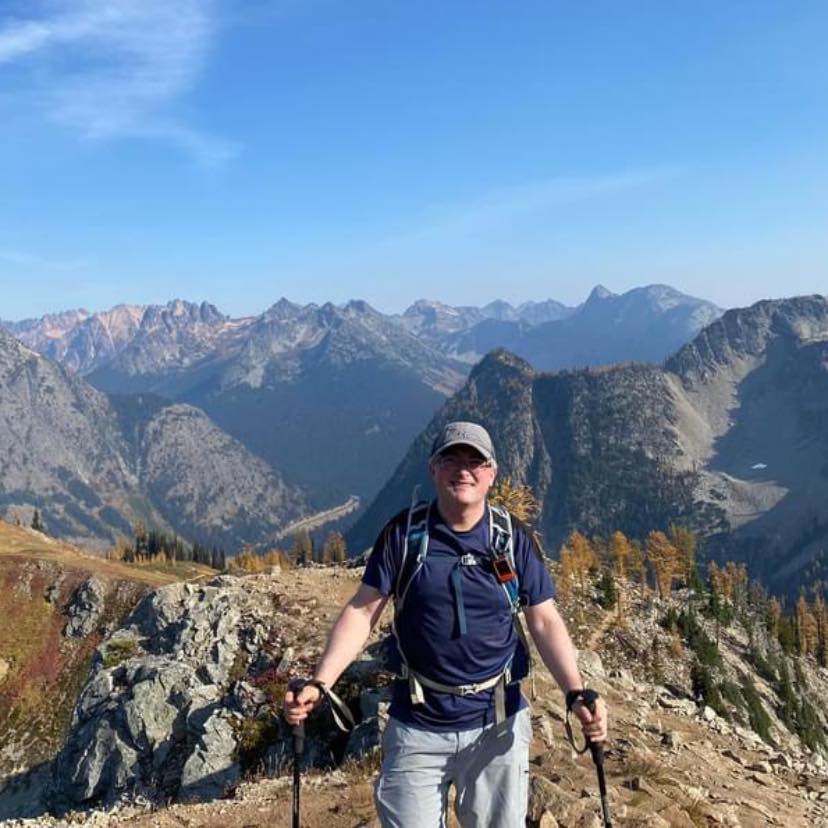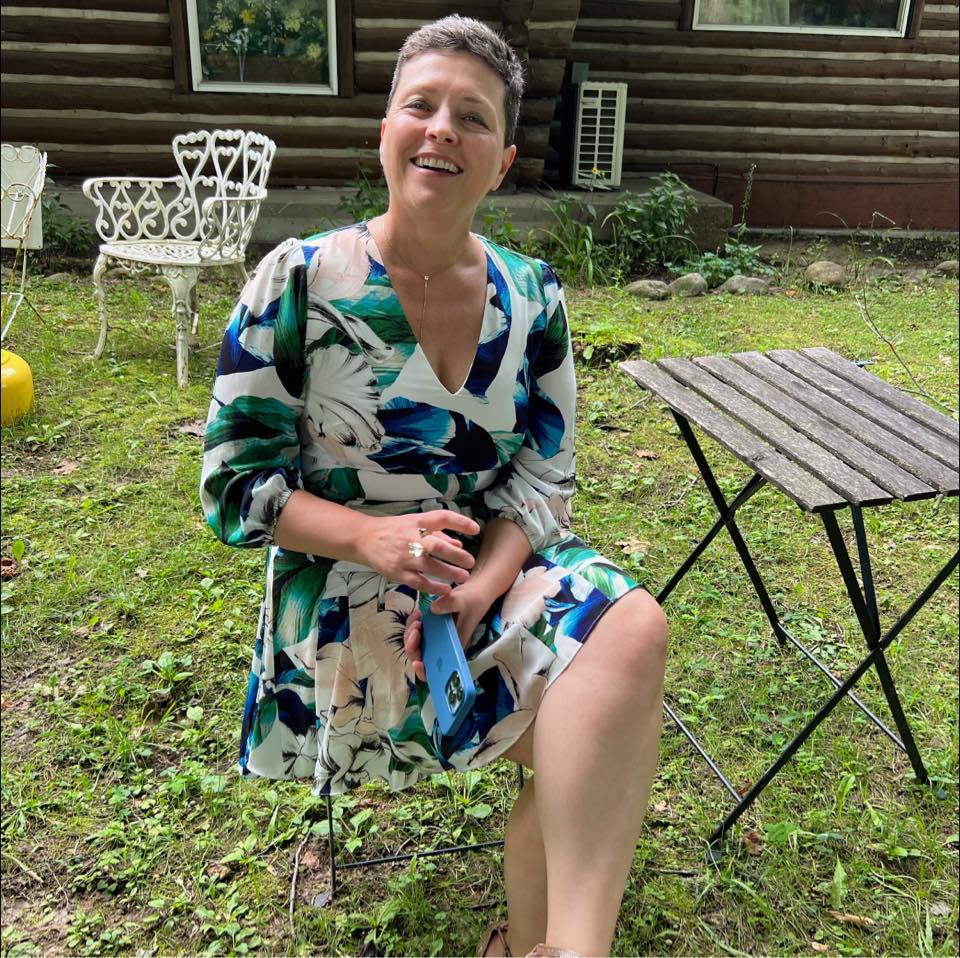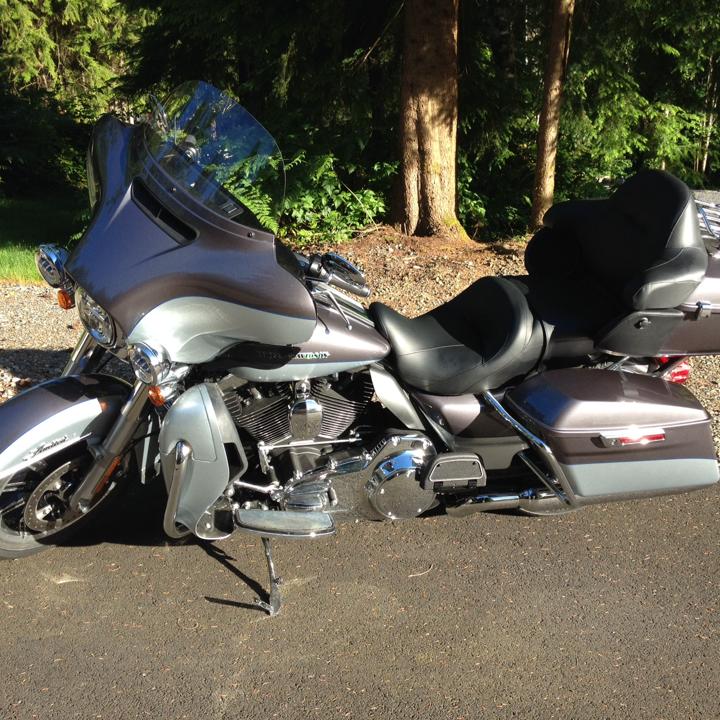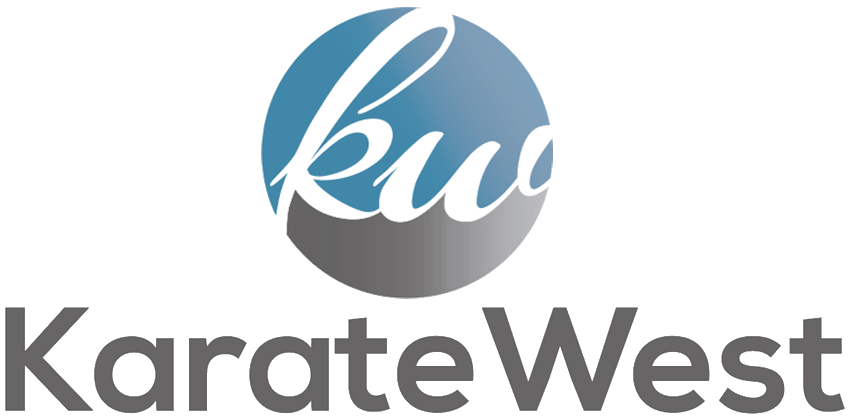Why Developing a Love of Exercise in Childhood Builds a Lifetime of Health
Regular physical activity is one of the most powerful, proven gifts parents can give their children. When kids learn to enjoy movement early, they are far more likely to stay active through adolescence and into adulthood—a habit that lowers the risk of chronic disease, sharpens attention and learning, and stabilizes mood. In other words, nurturing a genuine love of exercise is not a short-term extracurricular decision; it is a long-term health strategy with measurable payoffs in every decade of life.
The Science of Early Movement—and Why Enjoyment Matters
National and international guidelines are remarkably consistent. School-age children should accumulate at least 60 minutes of moderate-to-vigorous physical activity daily, including a mix of aerobic work, muscle-strengthening, and bone-strengthening activity. Those recommendations are not arbitrary; they are grounded in large population studies and controlled trials showing that active children exhibit healthier blood pressure profiles, more favorable body composition, stronger bones, and better mental health than their less-active peers.
Just as important as how much kids move is how they feel about moving. Research consistently shows that enjoyment predicts persistence: children who attach positive emotions to exercise in the elementary years are far more likely to be active teens and adults. That is why age-appropriate, varied, and fun programming is not a “nice to have”—it is the engine that sustains the habit. If a child loves dance, swims laps with friends, hikes with the family dog, or thrives in a structured martial arts class, the specific mode matters less than the intrinsic motivation it creates.
Immediate and Lifelong Protection Against Disease
Parents often ask, “Which health problems does weekly activity actually prevent?” The answer spans multiple systems: cardiovascular, metabolic, skeletal, and psychological. Four pillars stand out.
Heart and Metabolic Health
Children who are physically active develop more efficient hearts and healthier blood vessels. Aerobic activity improves insulin sensitivity, helping glucose move from blood into working muscle. In randomized programs where children trained three days per week, researchers observed meaningful reductions in visceral fat (the metabolically risky fat around organs) and improvements in markers that forecast future type 2 diabetes and early cardiovascular disease. Think of weekly movement as a powerful “dose” that calibrates a child’s metabolism and protects the heart before risk factors ever take hold.
Bone Strength
Childhood and early adolescence are the prime windows for building bone. The skeleton responds to impact and load—jumping, landing, sprinting, kicking drills, stances, and resistance exercises stimulate bone-forming cells. Repeated over months and years, these signals increase bone mineral density, building a “bone bank” that cushions against osteoporosis decades later. Activities with multidirectional impact—such as martial arts, basketball, and playground games—are especially effective because bones adapt to the varied forces.
Healthy Weight and Body Composition
Exercise is not a punishment for eating—it is a positive driver of healthy energy balance and appetite regulation. Active kids tend to preserve lean muscle mass through growth spurts and puberty, maintain more stable blood sugar, and develop a healthier relationship with food and body image. While nutrition matters, routine movement remains one of the strongest predictors that children will maintain an appropriate body composition as they grow.
Immune Resilience and Sleep
Regular, moderate-to-vigorous activity improves sleep onset and quality—and sleep, in turn, underpins immunity, learning, and emotional regulation. Families often notice the practical difference within days: kids fall asleep faster, wake more rested, and handle daytime challenges with steadier energy.
Brainpower and Academic Performance
Movement is not a distraction from learning; it is an investment in learning. A single session of moderate activity can boost attention, working memory, and processing speed for one to two hours. Across semesters and school years, physically active students tend to perform better in reading and math and exhibit fewer classroom behavior issues. For parents concerned that sports or lessons will crowd out homework time, the evidence points the other way: regular activity enhances the brain’s readiness to learn.
Mental-Health Protection You Can Measure
Rates of youth anxiety and depression have climbed in recent years, and parents are justifiably focused on prevention. Exercise is a proven, drug-free intervention that reduces risk and alleviates symptoms:
Programs delivering three sessions per week have shown clinically meaningful reductions in depressive symptoms for children and adolescents.
Long-term cohort data suggest that each additional hour of daily activity in late childhood is associated with a lower risk of psychiatric diagnosis by late adolescence.
Participation in organized, supportive activities—team sports, martial arts, dance—appears to amplify the protective effect, likely by combining movement with positive peer and mentor relationships.
The takeaway is simple: movement is not only about muscles and lungs; it is a resilience tool for the developing brain.
Stage-by-Stage Guidance for Parents
Understanding how needs evolve with age helps families provide the right opportunities at the right time.
Early Childhood (4–6 Years): Joy and Confidence
Goal: Build confidence, body awareness, and fundamental movement skills.
Great options: Playful obstacle courses, animal walks, tumbling, tag games, imaginative movement stories, and introductory martial arts designed for young attention spans.
Why it matters: Early experiences set the emotional tone. Children who associate movement with fun and success are more likely to remain active for life.
Elementary Years (7–10 Years): Skill and Stamina
Goal: Layer skills onto the movement foundation and gently build endurance.
Great options: Beginner martial arts, swimming, soccer, gymnastics, and dance.
Why it matters: This is a “golden window” for developing agility, balance, coordination, and speed. Skill mastery fuels self-efficacy—the belief “I can do hard things”—which keeps kids motivated.
Pre-Teen Window (10–12 Years): Resilience and Belonging
Goal: Support social-emotional resilience during a sensitive developmental period.
Great options: Organized sports or martial arts with clear progressions and positive coaching.
Why it matters: Consistent activity now is linked with lower rates of adolescent anxiety and depression. Programs that pair skill development with encouragement and structure are especially protective.
Teen Years (13+): Identity and Autonomy
Goal: Sustain the identity of being an active person.
Great options: A mix of strength training, cardio, and chosen sports, alongside leadership or assistant-coaching roles that keep teens connected and accountable.
Why it matters: As academic and social pressures rise, teens who already see movement as “part of who I am” are more likely to stay active on their own.
Enjoyment Beats “The Perfect Sport”
Whether a child chooses dance, hiking, parkour, skateboarding, soccer, or martial arts, the single best predictor of long-term success is liking the activity. Children who enjoy moving—and who feel competent—are the ones who stick with it when schedules tighten or motivation dips. That is why national guidelines emphasize age-appropriate, varied, and enjoyable programming. Parents can mix formal lessons with low-pressure family movement: a neighborhood walk after dinner, a bike ride on weekends, or a backyard ninja course.
Making Exercise Work in Busy Family Life
Daily life is busy. Here are realistic strategies to meet the hour-a-day guideline without adding stress.
Activity snacks. Ten minutes of jumping rope before school, fifteen minutes of backyard play after dinner, and a quick round of shuttle runs in the driveway can add up.
Two to three structured sessions weekly. Programs like karate or swim give kids consistent skill-building and social support, making it easier to keep the habit.
Weekend adventure. A family hike, nature walk, or bike path outing provides quality time and compounds the health benefits.
Set a movement anchor. Attach activity to a daily anchor (after homework, before screen time, or while dinner bakes). Routines reduce friction.
Model what you want to see. When parents move, kids notice. Even short parent-child sessions—planks, balance drills, or pad work—make movement normal and fun.
Why Martial Arts Fit the Bill (Case Study in Whole-Child Benefits)
Martial arts uniquely check every national guideline box while keeping kids engaged and intrinsically motivated.
Whole-body fitness. A typical class includes aerobic intervals, balance and coordination drills, and functional strength work. Dynamic stances, controlled kicks, and plyometric movements deliver the bone-loading impact growing bodies need.
Skills that transfer to school. Structured belt progressions build focus, goal-setting, and persistence. The habit of showing up, trying again, and respecting the process carries into homework, tests, and projects.
Confidence with respect. A well-run dojo pairs challenge with encouragement, teaching children to channel energy, follow directions, and support peers. Parents often notice improvements in self-control and listening at home.
Inclusive by design. Martial arts can be tailored for a wide range of personalities and starting fitness levels. Kids who thrive in non-team environments often find a home here; kids who love teams benefit from complementary solo skill-building and focus.
For families searching for karate classes for kids, children’s martial arts, Little Dragons karate, or family martial arts (including those in and around Issaquah), the right school is more than a place to burn energy. It is a platform for lifelong health habits and character growth in one enjoyable package.
Safety First: Smart Progression and Injury Prevention
Parents deserve clarity on safety. The best programs—whether martial arts, basketball, or cross-country—prioritize progressive skill development, age-appropriate workloads, qualified instruction, and rest. Look for:
Warm-up and mobility work that prepares joints and muscles.
Technique before intensity—children learn movement patterns first, then add speed or load.
Protective equipment where appropriate and well-maintained training spaces.
Reasonable class size so instructors can monitor form and give feedback.
Balanced schedules that include sleep, hydration, and nutrition to support recovery.
When those basics are in place, the benefits of activity far outweigh the risks.
Overcoming Common Barriers (and What Works Instead)
“My child says they’re not sporty.”
Try nontraditional modes: martial arts, climbing, dance, parkour, or hiking. Success builds identity; identity sustains effort.
“We don’t have an hour all at once.”
Research supports accumulating the hour in smaller blocks. Three 20-minute chunks—walk to school, recess games, class, or practice—work perfectly.
“My child starts activities but loses interest.”
Prioritize enjoyment and competence in the first eight weeks. Celebrate small wins, choose programs that give visible progress markers (belt stripes, skill badges), and pair movement with social connection.
“We’re juggling multiple kids and schedules.”
Opt for programs with consistent daily start times and predictable calendars. Some families block a “movement hour” at the same time each day and rotate which child has formal class while others do home circuits.
A Parent’s Quick-Start Plan (Next 30 Days)
Choose the anchor. Decide when movement will reliably happen (e.g., 5:30–6:30 p.m., Mon/Wed/Fri).
Select one structured program. A twice-a-week karate class works beautifully because it blends aerobic, strength, and bone-loading elements with clear goals.
Build two home “microworkouts.” Ten-minute circuits for non-class days: squats, animal walks, balance holds, shadowboxing, jump-rope.
Make it visible. Put a simple calendar on the fridge; let kids place a sticker after each activity block.
Keep it fun. Rotate music playlists, invent obstacle courses, or do a family “belt test” of planks and balance games on weekends.
Protect sleep. Aim for age-appropriate bedtimes; movement is most effective when paired with solid sleep and hydration.
Key Takeaways for Parents
Early enjoyment is crucial. Positive movement experiences before adolescence strongly predict adult exercise habits.
Health protection is comprehensive. Regular activity guards against heart disease, diabetes risk, weak bones, poor sleep, and mood disorders.
Brain benefits are immediate. Exercise sharpens attention and supports academic success right away.
Structure makes it easier. Consistent classes reduce the guesswork and provide skilled coaching and a positive peer culture.
Any activity counts—if your child loves it. The best exercise is the one your child looks forward to.
How Karate West Helps Families Put This Into Practice
A professionally run martial arts school should deliver developmentally appropriate coaching, clear progress markers, and a welcoming, safety-first culture. At Karate West, classes are designed around the principles above: varied movement that keeps kids engaged, progressive curriculum that builds confidence, and a community that celebrates effort and growth as much as outcomes. Families report that the consistency of two to three classes per week simplifies scheduling—and that the carry-over to focus, behavior, and self-belief is noticeable at home and school.
If you are exploring karate for kids or family martial arts, ask to observe a class, meet the instructors, and discuss your child’s goals. A brief conversation about temperament, prior activity, and scheduling goes a long way toward matching your child to the right class.
Special Introductory Offer
2-Week Trial + Uniform for Only $19
Give your child the opportunity to build strength, confidence, and a lifelong love of movement in a positive, professional setting. Our team will guide your family through the first classes, answer questions about curriculum and safety, and help you choose the schedule that fits your week.
We are ready to help your child grow in mind, body, and character. Join us for a free trial!
About the Author
Jan Stockton is the Co-Founder of Karate West and the Founder of Great Start Karate, offering online karate for kids across the U.S. and Canada. A 3rd-degree black belt and proud mom of two black belt daughters, she is passionate about helping kids grow in mind, body, and character through the fun and adventure of karate.










